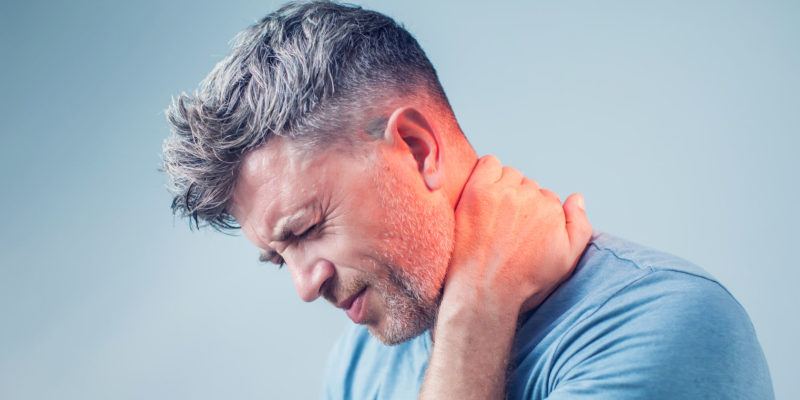Spinal stenosis, also known as canal stenosis, occurs when the path in the spine where the spinal cord runs gets narrowed. The result is pressure on your spinal cord and the blood vessels, thereby causing back pain. Failure to seek treatment can lead to nerve damage. Several causes can explain the narrowing of the spinal canal; however, the most common is the natural aging process. If you suffer from spinal stenosis in Eugene, here is what you need to know about the causes, symptoms, and treatment options available.
Causes of spine stenosis
Spinal stenosis occurs because of the degeneration or wear of the spine. Also, it can occur due to spinal surgery, herniated or protruding disc, and bone disease. Over time, the intervertebral discs lose their natural fluid and become flat. When this happens, they may not cushion pressure like before, which can compress the spinal canal, thus causing pain.
It can also occur because of injury on the vertebral, whereas some people have a constricted spinal canal from birth.
Symptoms
In the initial stages, the condition is often asymptomatic and can progress without detection. However, over time, it may manifest as back pain that radiates from the legs. Consequently, this leads to reduced mobility and muscle tension in your lower back. In severe cases, you may experience weakness in your legs, and it can lead to limping. Also, bladder and rectal disorders are common at later stages.
Typically, the symptoms progress slowly, but you can feel more pain when seated or during specific workouts such as cycling or walking uphill.
Diagnosis of the condition
An appointment with a specialist is the first step in seeking treatment for this condition. Your doctor will conduct a one-on-one interview to gather more information about the symptoms. Next, imaging procedures such as MRI or X-ray are conducted to get an insight into the spine condition.
Treatment of the condition
Your doctor may carry out several treatment options depending on the stage of the spinal stenosis. Often, the most common is physiotherapy, electrotherapy, pain management, and back training. Other therapy options include heat therapy, wearing a support corset, or an orthoses device to support the back.
Well-exercised back muscles stabilize your spine, and this helps to relieve the pressure and pain. Your doctor may not suggest an operation or surgery in the early stages.
With consistency, therapy can help treat the condition and relieve the pain. Your doctor may also recommend medication such as ibuprofen for mild pain. Also, muscle relaxing drugs can help relieve the pain, while the cortisone drug is recommended for severe pain.
Although surgery is seldom an option, your doctor may recommend it if the condition is severe. Currently, minimally invasive procedures are common where the doctor inserts a tiny camera-like device through an opening and conducts the surgery via X-ray guidance.
Risks of the surgery are rare; but, it can lead to nerve damage. However, your doctor weighs the benefits against the potential risks before suggesting surgery.
Spinal stenosis is treatable and manageable, more so in the early stages. Contact professionals at Pacific Sports and Spine for diagnosis and treatment.













Comments